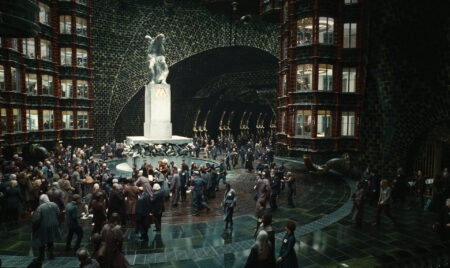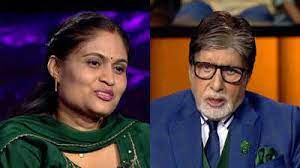The White Tiger, directed by Ramin Bahrani, sheds light on the barrier between the haves and the have-nots, the privileged and the under-privileged.
Based on the book written by Aravind Adiga, the story follows and moulds into shape when Balram Halwai narrated his life story to the Chinese Premier Wen Jiabao, visiting India.
The White Tiger revolves around the struggle of a man transitioning from rags to riches.
The journey that led him to be an entrepreneur does not consist of rainbows and butterflies, and the path he was treading on was a complete 180-degree turn.
The movie presents a dark reality of how you go up or get eaten up by someone else on the way in the tedious journey of life.
I will not be diving deeply into the main plot because I want the audience to experience it for themselves.
However, I will be exploring the theme(s) presented in the movie.
The journey begins when a boy born and raised in the slums manages to get a job as a driver of a wealthy upper-caste family.
He assumes that this job could be the golden ticket, a leap of faith to improve his life, so he continues to do anything to maintain his position hoping, that things will be better for him with time.
However, he comes to learn brutal lessons that despite his loyalty and friendship, the class divide will continue to be a barrier that is impossible to cross over as he undergoes a series of unfortunate events.
The White Tiger also highlights the grim reality of caste inequality that continues to linger on for generations till the present years.
The White Tiger portrays a darker genre, unlike the mainstream Bollywood movies with a highly cheesy plot with popular dance numbers.
The main objective is to reveal the realities of oppression and the power possessed by the rich and wealthy to subvert the poorer people.
The movie portrays life’s darker reality, which people rarely speak about as it is usually hidden beneath a mask or a facade.
The deeply rooted caste system and how the power of money makes the wealthier tread a more effortless and convenient path significantly shows how these reasons make India a developing nation instead of a developed one.
The title of the movie ‘White Tiger’ itself fits like a glove. It depicts how this boy goes through this never-ending struggle by breaking free from the shackles of societal norms of caste inequality and poverty to succeed in life with a relentless courage to reach higher and higher.
The movie title makes me compare or relate to the process of adapting in the animal kingdom, where an animal needs to kill for survival or get killed in the process.
This process of sustaining and survival of the fittest makes me draw a comparison with the main protagonist.
I appreciate to great lengths the fantastic cinematography and the excellent portrayal of the characters by the respective actors, especially Adarsh Gourav, but the ending for me personally was way too dark to digest.
After watching the movie, I can say without a doubt that this movie has left an impact, leaving me wondering with many questions as to whether this method of survival is justifiable or not?
It made me ponder that many white tigers struggle every day to make ends meet, and some people continue to be trampled over in this brutal reality to reach higher.
I would recommend watching this movie as it can be an eye-opener, making one feel like swallowing a bitter pill because, at times, sour lessons and realities are even more essential to take in sometimes.













